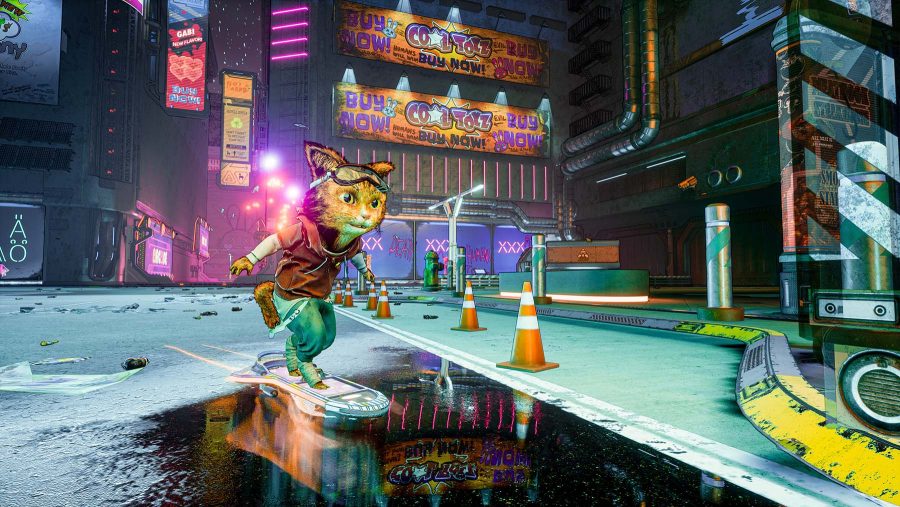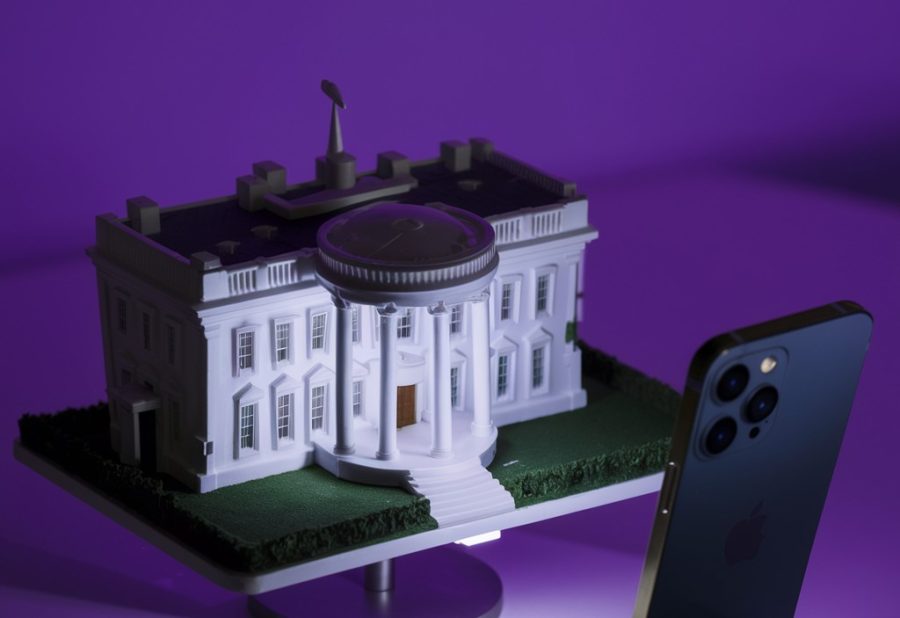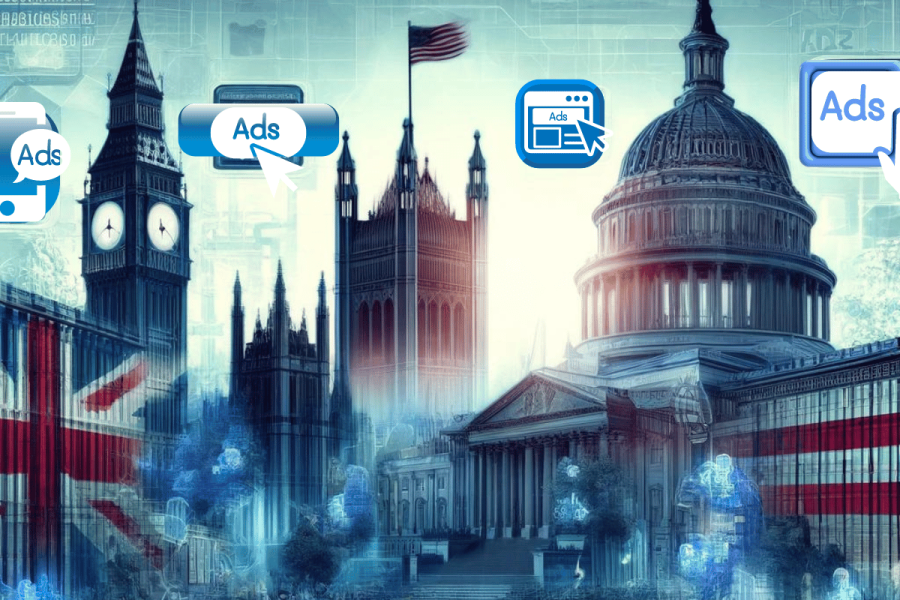One of the most influential retail technologies of the last quarter-century has been digital signage – the use of video to show crisp, bright full-motion advertising, more recently incorporating multitouch interaction. At the National Retail Federation Conference in New York City next week, Microsoft will present a full demonstration of use cases for its Kinect for Windows motion capture system – which uses the technology that first premiered for Xbox 360 – in tailoring live ads directed to shoppers as they walk past window displays and items for sale.
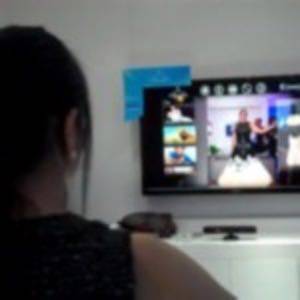
Software being developed for Windows Embedded POSReady 7 will be shown ascertaining live data about the people they scan – including their estimated gender, height, weight, ethnicity, and age – and produce live ads tailored and targeted directly to the estimated demographic. And as the technology’s product manager told ReadWriteWeb today, business intelligence and analytics functions networked to those systems will enable advertising managers to literally change and create campaigns for those live shoppers on-the-fly.
“Imagine you’re in a mall and you’re walking by various stores,” begins Windows Embedded director of product management John Doyle. “But in one of the stores, you see a digital sign integrated into the front window of the store. It’s showing content about what’s in the store and it attracts your interest. As you walk towards the digital sign, it recognizes you because it’s using Kinect. We have integrated Microsoft Kinect with the digital sign, and it recognizes the individual.”
On the back end of this operation is software co-developed with consumer engagement services provider Razorfish, that utilizes to estimate your personal characteristics using the data gleaned from the Kinect-gathered image. This software, as Microsoft will show at NRF, should make a disarmingly accurate estimate of your age.
“Automatically, the digital sign – because of its ability to connect to the back end and process that information – can immediately change the content that is being viewed on the digital sign,” continues Doyle. This way, a store billboard truly can market to youngsters, first by ascertaining that there are youngsters standing in front of it.
Perhaps a high-end department store on the order of Nordstrom, Doyle suggested, could tailor suggestions for such things as outdoor gear, dresses, and accessories based on the real-time data that the Kinect camera gleans from the shopper staring at its digital sign. It might not even be out of the question for software to estimate the shopper’s tastes in fashion based upon what she’s wearing at the time.
Video of Microsoft’s CES 2012 demonstration of a shopper trying on clothes without changing her own. Posted to YouTube by shopping services provider Retrevo.com.
At CES 2012 this week, Microsoft showed select customers the portion of next week’s NRF demonstration that features the virtual clothes-changing program. Here, a shopper sees herself in digital outfits that are superimposed on the camera image of herself, which is shown in reverse in order to simulate a mirror. The shopper may make gestures to interact with “charms” (as Microsoft now calls function icons, beginning with Windows 8) along the top that change the function of the program.
At this point, the functionality is a little crude. Actually, it’s a bit like dressing up a member of The Sims. Simulated clothes, while three-dimensional, are stiff and appear self-illuminated, which may not necessarily lend itself to the most flattering presentation. But you can see where Microsoft is going with this. You can imagine a more evolved form of this prototype using a physics engine to approximate the weight and the shimmer of the fabric, as well as apply the same lighting characteristics as are used in the room, so that dresses don’t look like they’re being held up with garden wire.
If you were wondering how Microsoft would leverage the shopper’s personal copy of Windows or Windows Phone into the mix, here it comes: If the user has a Windows Phone, the Windows Embedded kiosk may be able to send snapshots and other data about the interaction to that phone. Conceivably – although Doyle acknowledges there are already multiple privacy issues involved – the kiosk could glean more information about the shopper via near-field communication.
A lot of this assumes that the kiosk software gets it right. Can the software really guess your age, for instance? If a human being guessed the shopper’s gender wrong, it would probably lead to a no-sale. Doyle responded that the display software might not have to make the right call all the time. It only applies its estimate during the attraction phase, when it’s trying to get the shopper to come closer. You don’t blame a store today for showing you signage featuring kids clothes even though you’re not a kid.
As these kiosks interact with customers nationwide, Microsoft’s Doyle projects a setup where data gleaned from those interactions may be mined in real time by business intelligence software on the back end. Franchise managers could ascertain which items are hot and which are not. And in cases where kiosks are previewing items that are still being sewn in the factories, those managers could make inventory decisions at that point about how many to order. Real-time interest data could be mapped and compared according to a franchise’s various regions and coverage zones.
Doyle admits this setup could give shoppers in California and elsewhere on the West Coast a certain advantage. Live ad campaigns could be deployed first on the East Coast, and tailored for maximum attractiveness and efficiency as the sun passes over the Central and Mountain time zones. “In a single slice of a day, you could optimize that business intelligence, from East Coast to West Coast, very, very quickly,” he remarks.
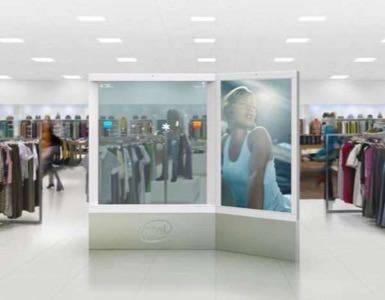
Though Microsoft’s CES demo involved ordinary HDTV displays, the NRF demo could utilize a new display concept from technology partner Intel, announced just yesterday, featuring a 7-foot, 6-inch-tall multitouch glass screen.
The NRF Expo will be held at the Javits Center in New York beginning next Monday, January 16. Microsoft will be distributing its display over booths 1337, 1334, 1239, 1238, and 983.






